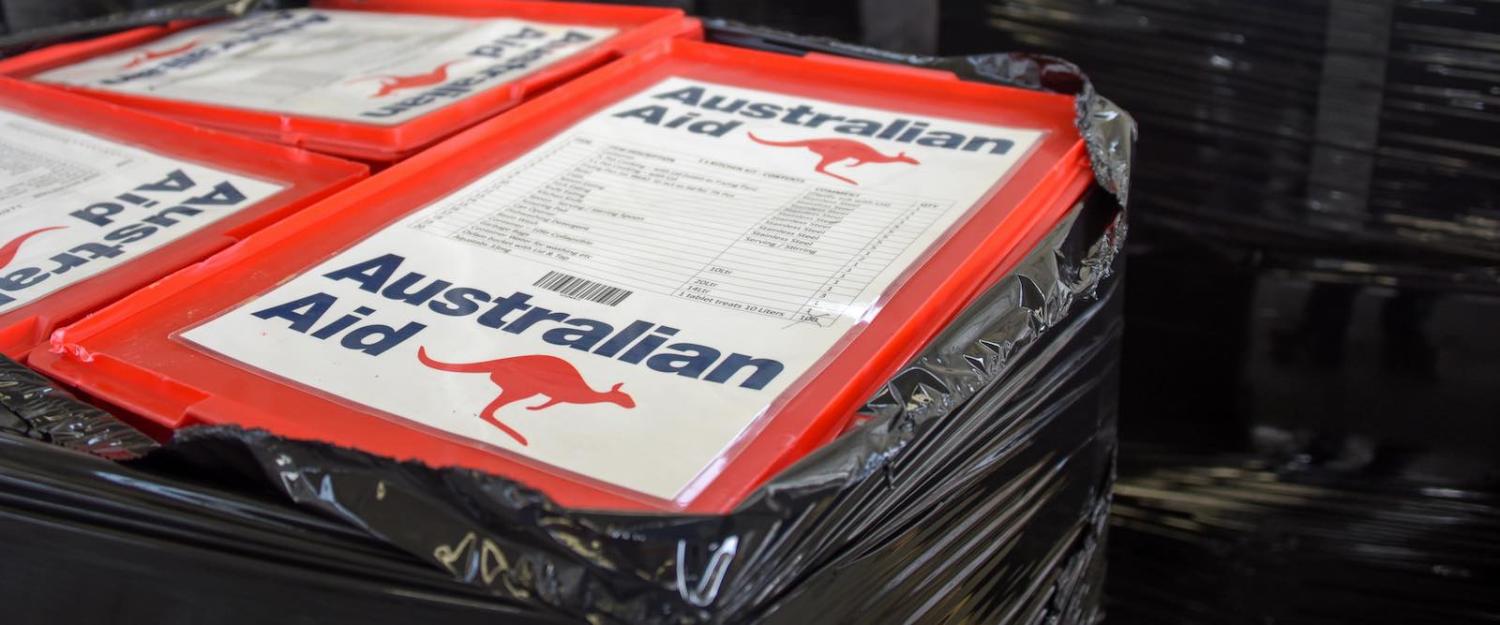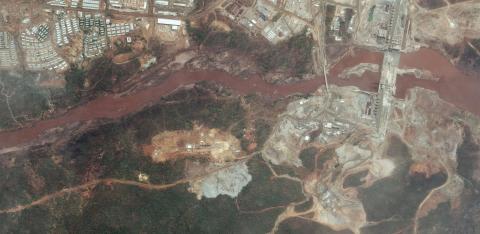“Foreign policy alignment” was the political “abracadabra” used to explain how the late 2013 integration of what was then AusAID into the Department of Foreign Affairs and Trade would deliver better outcomes. DFAT would have direct control over Australian aid and by virtue of that, Australian interests would be advanced. Shazam!
A just-released, five-year stocktake of integration (undertaken by this author) finds the potential may be there, but in a more demanding world, existing arrangements are unlikely to deliver the desired outcome.
Developing countries now have more sophisticated needs, greater choice and more determination to call the shots. Market pressure from China and other non-Organisation for Economic Cooperation and Development assistance providers, philanthropists and the private sector has decisively shifted power away from the old aid club. We think we understand that, but our partners frequently doubt it. Respect is the new by-word and Pacific and Asian neighbours keep telling us that we’ve work to do.
Former foreign minister Julie Bishop was right – research and experience show that outside of the poorest countries, old style aid projects and passive service delivery financing yield less and less for all concerned. But it also demonstrates the growing importance of leveraging domestic revenues, even vis-a-vis remittances and private capital. This means the development and diplomatic pay-off from country-focused, flexible, highly expert policy assistance has increased. But this is hard work, complicated and demanding. It depends on carefully constructing long-term relationships of trust.
The post-integration DFAT model was not built for this. That is not DFAT’s fault. It had little forewarning of integration and no practical experience of the business. New arrangements assumed the system could run well with substantially less expertise and strategic oversight. Prime producers of value, including leading global experts and advisers, senior locally engaged staff and principal specialists were culled.
Up to 2000 years of expertise in total may have been lost. A concerted rebuilding effort has not yet fully persuaded development insiders the department as a whole is committed to the enterprise.
Up to 2000 years of expertise in total may have been lost. A concerted rebuilding effort has not yet fully persuaded development insiders the department as a whole is committed to the enterprise.
After integration, policy and program responsibility was more widely dispersed than in almost any other comparable international organisation and in-country programs, heads of mission were passed new and substantial responsibilities with much less advisory and managerial support available. This explains highly variable decision-making, which needs greater accountability.
So what? Savings of at least several tens of millions have been reaped and redistributed to support an overdue expansion of the diplomatic network, while DFAT’s (contested) performance reporting says development results are still good. Where’s the problem?
The review, which draws on 75 individual interviews with senior experts, concluded there are real-time problems in the design, delivery and management of large new programs, many of which are years behind schedule. A large proportion of new designs has been returned for more work by the new, and clearly value adding, Aid Governance Board. The department is turning increasingly to multilaterals and contractors but is then finding it lacks the capability to partner with them effectively.
Departmental reviews of facilities, economic partnerships and various organisational relationships, chart a decline in impact due to skills shortages. Consequently, bilateral and multilateral partners and institutional peers are telling Australia it is a less valuable partner. This is compounded by the frequent delegation of complex policy dialogue to relatively junior generalists. Access and influence are at risk. Australia’s ability to coordinate a major expansion of international activity in the Pacific, while keeping local leaders in the driver’s seat, is widely questioned, including by strong supporters of integration.
The department, however, retains the potential to achieve greater impact by joining up policy and programs beyond aid. It has already done this with improved Pacific labour mobility arrangements, private sector collaboration and economic partnerships. It has enhanced scope for innovation and development entrepreneurialism, where it still has senior, expert staff. The review finds strong departmental leadership and a high level of achievement against the government’s nominated strategic targets.
At the recent Australasian Aid Conference, DFAT Secretary Frances Adamson set out a well-received strategic vision for international development. The problem is that Australia is not currently in a position to deliver it. A clear roadmap and new capability are needed to get from where Australia stands to where it wants to be.
The integration review puts forward a five-point plan to allow Australia to be an Asia Pacific development leader. The first step is a rigorous articulation of what Australia is trying to achieve, how and why. This is needed to get everyone on the same page and align policies, processes, resources and performance management.
It is also needed to ensure Australia’s interests in Asia and across the globe are progressed alongside those of the Pacific. While DFAT is now mobilising all of the instruments and expertise it can muster in support of the “Pacific Step Up”, without supplementation of funding and expertise this will be at a cost to Australia’s broader interests.
The review recommends the creation of a Directorate for International Development to help rebuild the development expertise DFAT needs. It also recommends the creation of a small, DFAT Technical Support Organisation that can undertake the operational tasks for which the department is ill-suited, leaving it to focus on policy and strategic management.
All of this requires a new comprehensive departmental budget bid to put both Australia’s diplomacy and development work on a sounder footing. Without it, it is hard to see how White Paper goals will be achieved.

